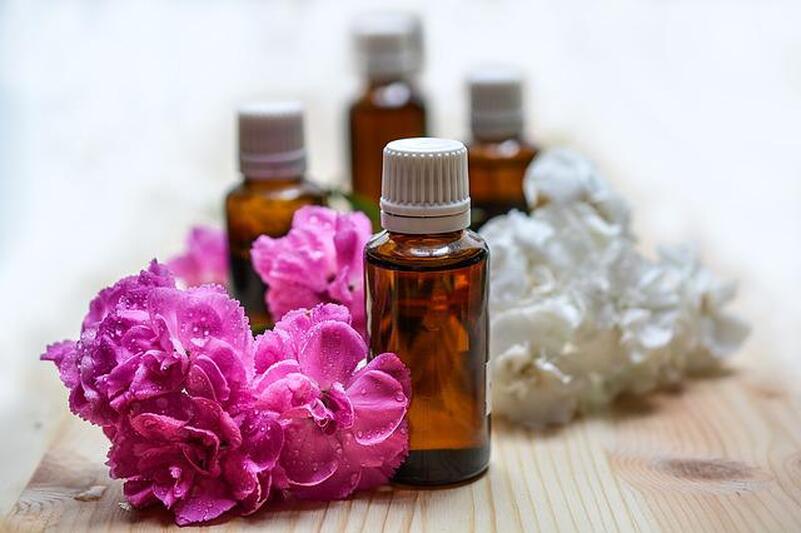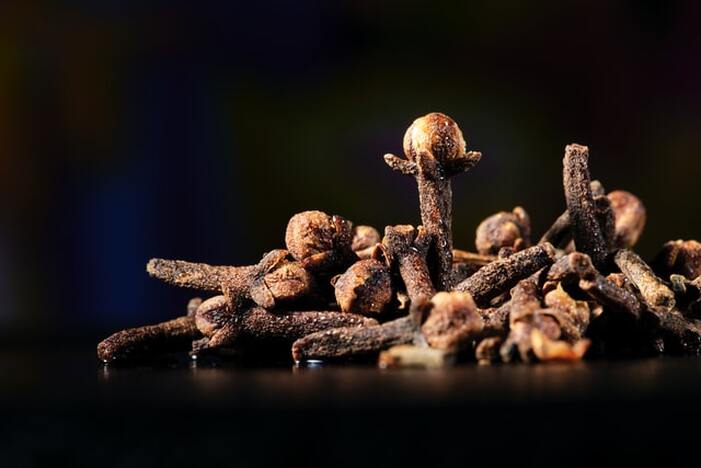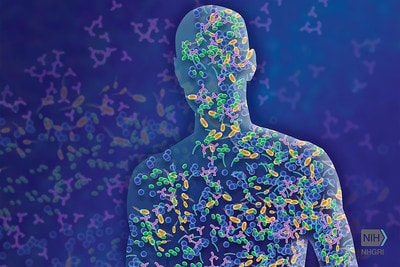Apart from Antibiotics: The Potential of Essential Oils
In the wake of increasing antibiotic resistance, essential oils (EOs) are being studied as an alternative to the diminishing supply of antimicrobial drugs caused by their overuse and misprescription. EOs, which are produced by and extracted from plants, contain organic compounds that have been found to protect against pathogens (disease-causing agents), insects, and herbivores, but humans have also been finding ways to use them medically.
In 2021, researchers from the United Arab Emirates, Iran, and Malaysia published a review of the potential therapeutic properties of EOs, including their antibacterial, antifungal, antiviral, and synergistic (relating to the interaction of multiple different substances) characteristics.
Antibacterial activity refers to a substance’s ability to hinder the growth of bacteria. Several studies have reported that the EOs from many different plants, including cinnamon, thyme, and oregano, show significant action against bacterial pathogens, killing or inhibiting them in different ways. In separate studies of lavender and cinnamon bark EOs, these compounds weakened bacteria. In short, the properties of EOs allow them to fight against bacterial infection.
Moreover, antifungal activity has been illustrated in EOs. According to a 2017 review, EOs can prevent communication between fungal cells, reduce fungal growth rates, and inhibit the production of toxic compounds called mycotoxins that are produced by some types of fungi. These compounds can cause serious issues like liver damage and cancer, so if EOs could be utilized to prevent fungi from producing them, the rates of these conditions could decrease.
Antiviral properties have also been observed in EOs. Viral infections usually occur when viruses replicate within cells and spread; similar to most antiviral drugs, the EOs tested have targeted this replication process by interfering with processes that contribute to viral infections.
In 2021, researchers from the United Arab Emirates, Iran, and Malaysia published a review of the potential therapeutic properties of EOs, including their antibacterial, antifungal, antiviral, and synergistic (relating to the interaction of multiple different substances) characteristics.
Antibacterial activity refers to a substance’s ability to hinder the growth of bacteria. Several studies have reported that the EOs from many different plants, including cinnamon, thyme, and oregano, show significant action against bacterial pathogens, killing or inhibiting them in different ways. In separate studies of lavender and cinnamon bark EOs, these compounds weakened bacteria. In short, the properties of EOs allow them to fight against bacterial infection.
Moreover, antifungal activity has been illustrated in EOs. According to a 2017 review, EOs can prevent communication between fungal cells, reduce fungal growth rates, and inhibit the production of toxic compounds called mycotoxins that are produced by some types of fungi. These compounds can cause serious issues like liver damage and cancer, so if EOs could be utilized to prevent fungi from producing them, the rates of these conditions could decrease.
Antiviral properties have also been observed in EOs. Viral infections usually occur when viruses replicate within cells and spread; similar to most antiviral drugs, the EOs tested have targeted this replication process by interfering with processes that contribute to viral infections.
Image Source: K15 Photos
Lastly, EOs have shown positive synergistic traits. In one study from Malaysia’s International Medical University, combinations of EOs with antibiotics (peppermint, cinnamon bark, and lavender EOs with piperacillin and meropenem) showed significant inhibitory effects against certain strains of the bacteria E. coli. In another study from the Canadian Irradiation Centre, combinations of tea tree oil with different types of EOs inhibited certain species of fungi.
The 2021 collaborative review also points out the current limitations of EO research and future strategies to be taken. For one, the results of studies on EOs are not entirely in agreement in terms of their antimicrobial efficiency. This variation might be due to various impurities in the samples studied and differences in experimental conditions. For EOs to be a viable treatment, the biomedical industry would have to direct the standardization of EOs. Such standardization would make EOs more reliable, more effective, and safer for the treatment of patients. Also, there remains a lack of information on the safe and effective usage of EOs. For instance, potential allergens associated with EOs are not well known, and further research may be needed to identify these.
Overall, the review suggests more clinical trials to determine the proper dosage and any side effects of therapeutic EO usage, more research to determine the specific mechanisms of each EO, and improvement of food modeling systems to predict the effectiveness of using EOs as preservatives. In order to prevent a post-antibiotic era, it is crucial that new, effective types of antimicrobial treatments are proposed and introduced. EOs may be able to fill this gap. However, scientists and regulators must tread with caution, minding the limitations of such pioneering research.
The 2021 collaborative review also points out the current limitations of EO research and future strategies to be taken. For one, the results of studies on EOs are not entirely in agreement in terms of their antimicrobial efficiency. This variation might be due to various impurities in the samples studied and differences in experimental conditions. For EOs to be a viable treatment, the biomedical industry would have to direct the standardization of EOs. Such standardization would make EOs more reliable, more effective, and safer for the treatment of patients. Also, there remains a lack of information on the safe and effective usage of EOs. For instance, potential allergens associated with EOs are not well known, and further research may be needed to identify these.
Overall, the review suggests more clinical trials to determine the proper dosage and any side effects of therapeutic EO usage, more research to determine the specific mechanisms of each EO, and improvement of food modeling systems to predict the effectiveness of using EOs as preservatives. In order to prevent a post-antibiotic era, it is crucial that new, effective types of antimicrobial treatments are proposed and introduced. EOs may be able to fill this gap. However, scientists and regulators must tread with caution, minding the limitations of such pioneering research.
Featured Image Source: monicore
RELATED ARTICLES
|
Vertical Divider
|
Vertical Divider
|
Vertical Divider
|






